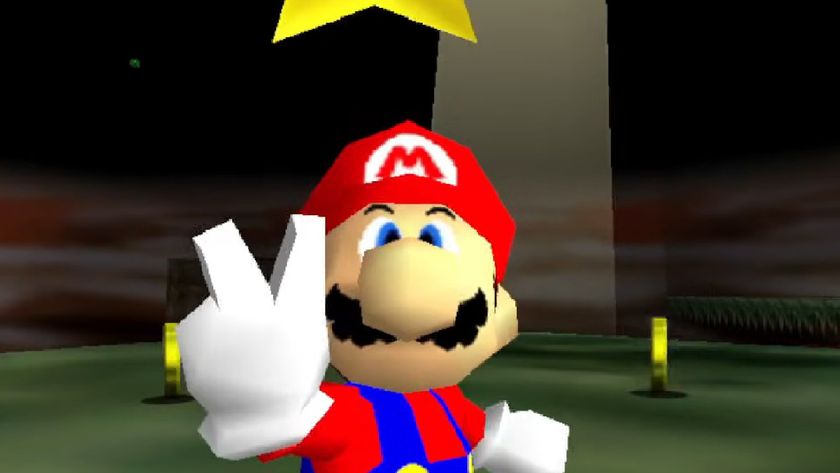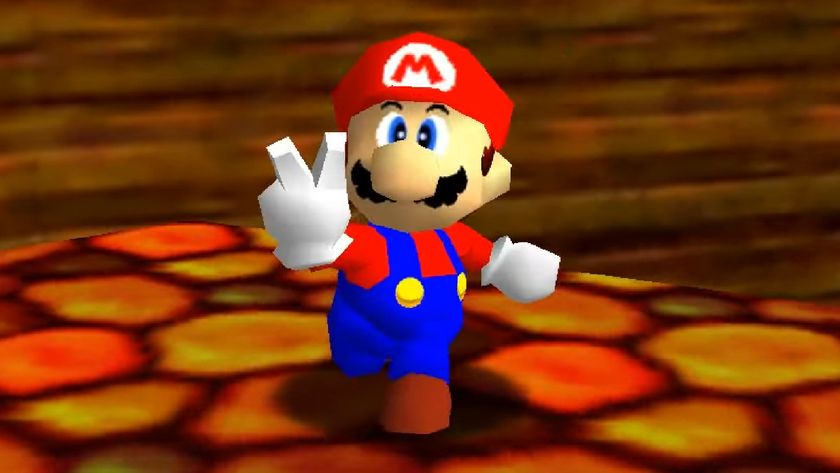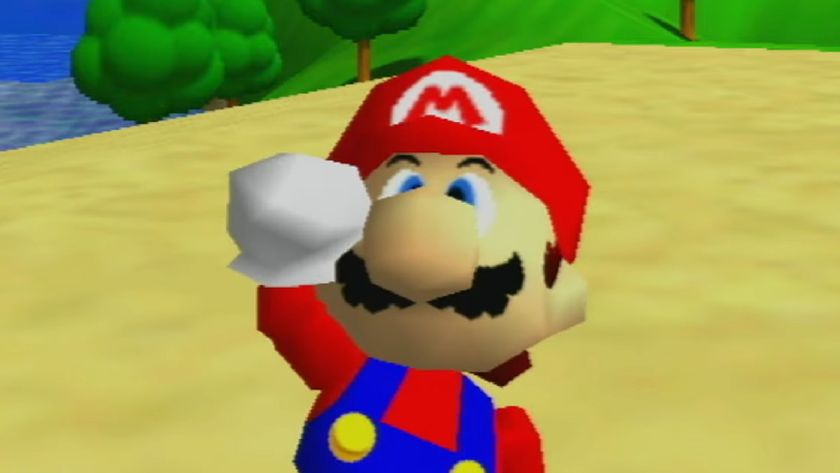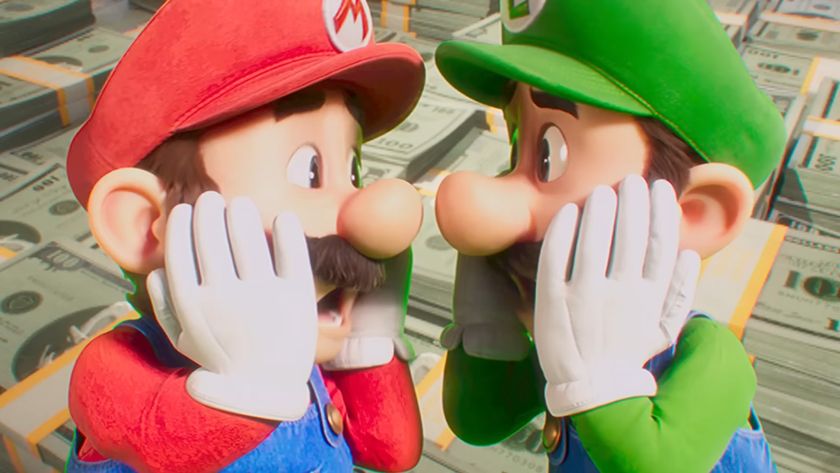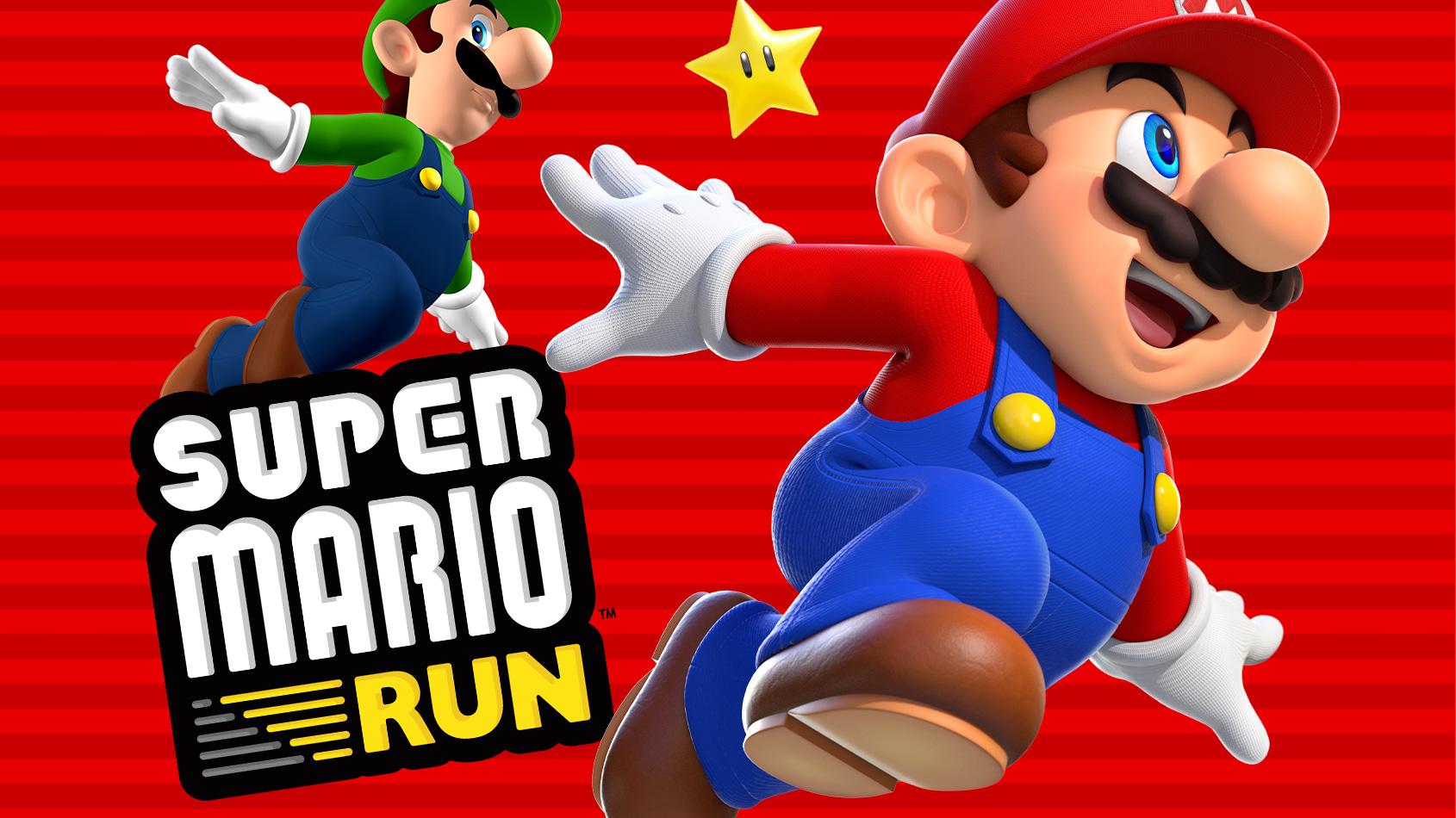
After a certain amount of outrage at the cost of Super Mario Run - £8 or $10 depending on where you live - the eyes of the world are on Nintendo, to see if their newest mobile offering is worth the pricetag. Is it any good? Come on, now. This is Nintendo. Even its sort-of-poor products are still a damn sight better than some of the guff you’d get on Xbox Live Arcade. But yes, since you’re asking, it is good and, what’s more, it’s remarkably savvy about the ins and outs of mobile gaming.
What Super Mario Run is, at its heart, is a one-button platformer; a Super Mario World for the new era, where people need to be able to game and eat a burrito on the train at the same time. You need only touch the screen to get Mario to do an impressive bunch of moves: jumps, flips, rolls, attacks, it’s all part of his one-tap arsenal. The skill is in getting the timing right, because some of the more stylish moves he can pull off are quite difficult to do if you’re more focused on that tasty, bean-filled tortilla blanket.
Mario will auto-run if you leave him to it, which means he can also vault over small obstacles - blocks, hedges, even Goombas - but you’ll want to be jumping as much as possible to get to the coins and collectibles. Each level starts with five hard-to-reach pink coins, and if you collect all of those, you’ll find five harder-to-reach purple coins... and then five impossible-to-reach black coins. These will keep you coming back to each individual level if you’re the kind of person who likes being perfect, but you’ll also have to contend with the time limit and trying not to get killed, which will boot you back a few seconds.
Each level - of which there are 24 in total - is recognisable as something you might have played on a Game Boy two decades ago, or on the Wii U two months ago: lava worlds, castles, airships, ghost houses; all familiar Mario fare. If you download the free version, you’ll have access to the first three levels and a 20-second demo of the boss world at the end, as well as a few of the game’s other features.
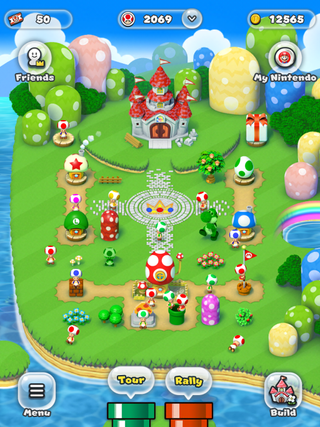
Outside of the running game itself, Super Mario Run borrows from other types of mobile game. There’s a village-building section, where you can spend your hard-earned coins on decorations and buildings like Toad’s House, which gives you a bonus game every few hours to earn Rally Tickets.
Rally Tickets are spent on Toad Rallies, which pit you against strangers on the internet to get the highest score on a level. The score is obtained not by getting coins or finishing the level, but by impressing Toads with stylish moves - and that’s where the one-button platforming becomes more than it initially seems. Through on-screen tips, you’ll start to realise that instead of jumping, you can high-jump-flip-roll to get that elusive coin, and that will start feeding back into the running aspect of the game, where you’ll be able to get those pink, purple and black coins.
There’s a lot going on in Super Mario Run, and it all feels a little overwhelming at times - having to keep track of how many types of enemy you’ve killed, how many Toads live in your kingdom (which levels up your castle), how many coins you have, whether or not you’ve saved Peach… it’s not a simple game like the Super Mario Worlds of old, and perhaps that’s because it’s a mobile game. It’s constantly vying for your attention and demanding replays more than a console game would. The fact that there’s a lot to do means that people will play for longer, and more often, and with the unexpectedly large pricetag, that can only be a good thing.
Sign up to the 12DOVE Newsletter
Weekly digests, tales from the communities you love, and more
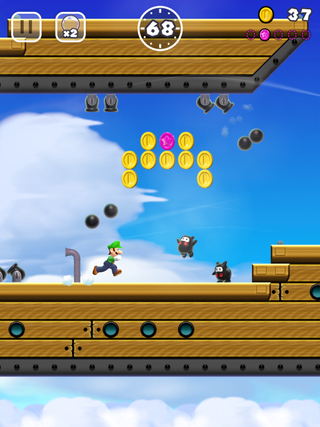
But is the pricetag that large after all? Imagine Nintendo charging £8 for the next Super Mario Galaxy. Super Mario Run is not that - it’s nowhere near as big, in-depth or varied - but it’s still a good, sizable Mario game, even if it’s been bulked out with extra stuff like the Toad Rallies.
If you came to this hoping for a Mario game with hundreds of levels and nothing more, you’ll be disappointed, because Super Mario Run is built with mobile gaming in mind. Nintendo will likely keep releasing the more traditional Mario games on consoles, but this foray into mobile gaming promises a new and interesting direction for the company.
Kate Gray is an award-winning writer with over a decade of experience in games journalism. Kate has bylines on a variety of websites which include 12DOVE, The Guardian, Buzzfeed, Kotaku, Vice, Rock Paper Shotgun, and others. Kate is now writing the good words over at Nintendo Life, and can still be found tweeting about nice things and taking lots of photos of food.


